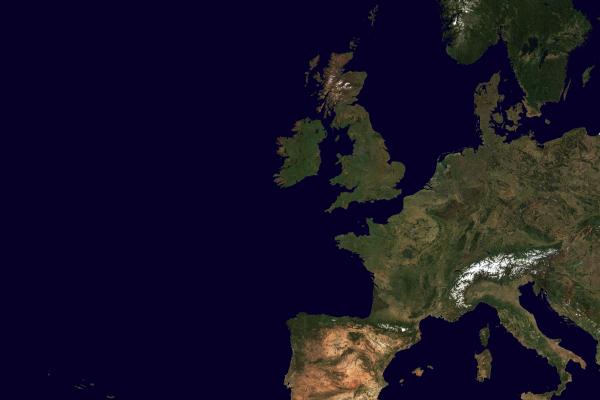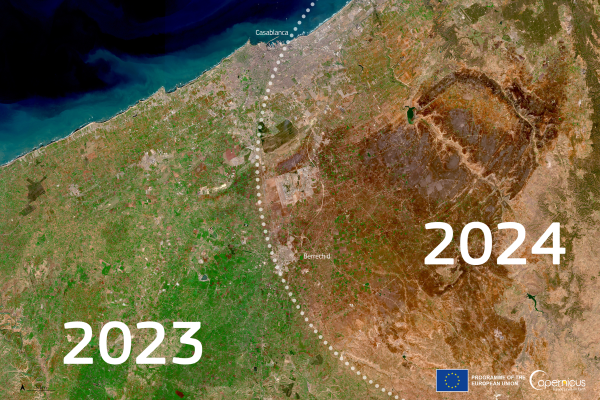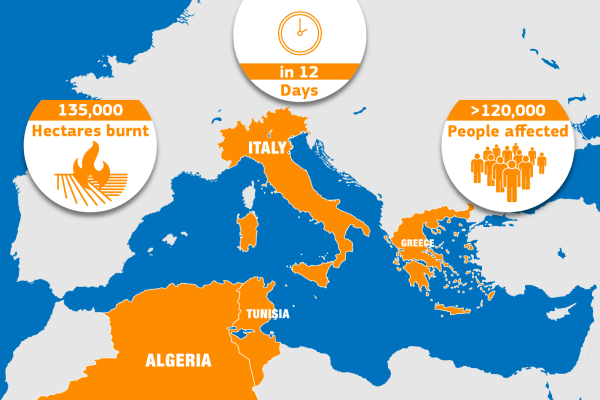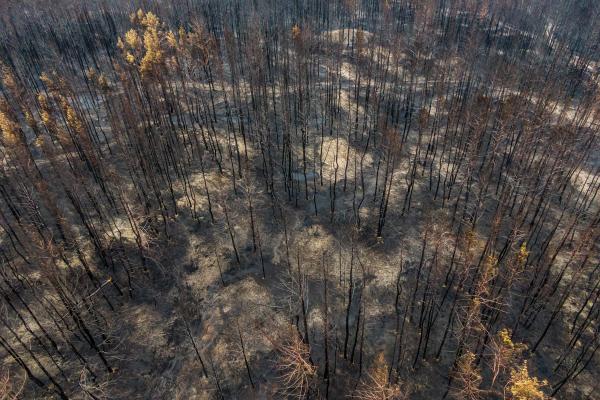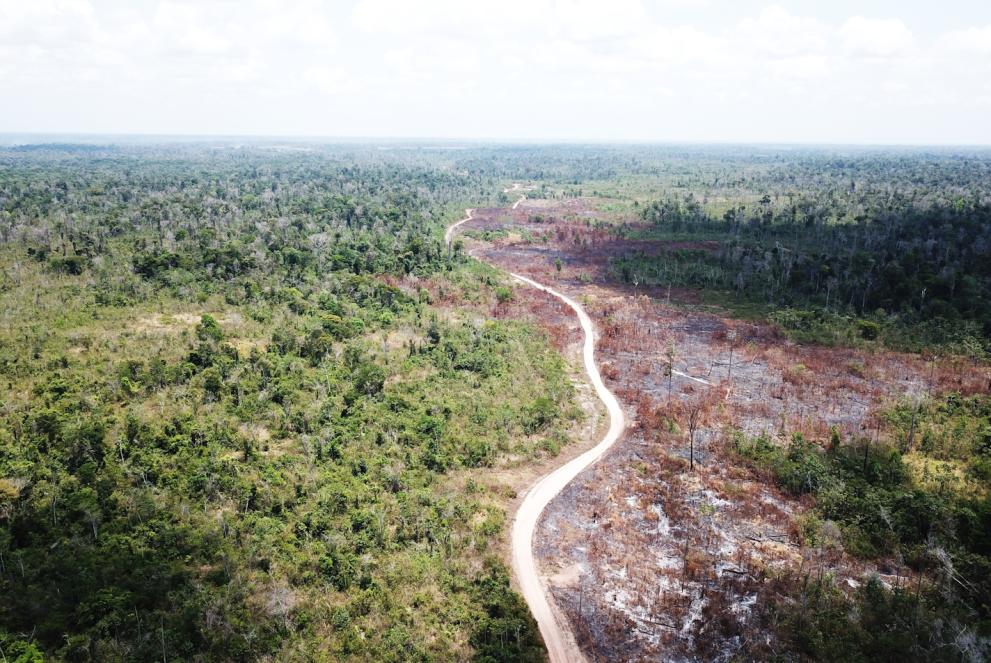
The recent study of an international group of researchers led by the JRC highlights the far-reaching effect of forest degradation, the phenomenon when forests’ ability to sustain a healthy ecosystem diminishes.
They observed degradation up to ~1.5 kilometres inside tropical moist forest interiors, with major implications for remaining intact primary forests.
Previously, the impact of edge effects – which occur on the boundary of a habitat, such as a forest flanked by an agricultural field - were assumed to extend no more than 100 metres.
The authors of the study published in Nature also stressed the severity of cumulative disturbances due to unsustainable logging, fire, and edge effects that increase the probability of subsequent deforestation – the disappearance of a forest - once 50% of canopy height is lost.
They also noticed that, if not further disturbed, degraded forests from selective logging or wildfires show clear signs of recovery in their understory but canopy height and aboveground biomass would take a centennial timescale to recover to their pre-disturbance state.
When considering the ecosystem services provided by forests, such as preventing soil degradation and preserving biodiversity, such results reinforce the rationale for the protection and restoration of tropical forests.
Why is this important?
The two recent United Nations Climate Change and Biodiversity Conferences stressed the urgent need to halt forest loss to safeguard biodiversity and forests' major role in climate change mitigation solutions. In this context, decreasing tropical deforestation is a key element to meet these pledges.
However, beyond forest conversions to agriculture, mining or infrastructure, far less attention has been given to the degree of human modification of remaining forests, even though tropical forest degradation can often affect a greater area than deforestation itself. Degradation therefore constitutes a major driver of carbon emissions and loss of biodiversity, but remains overlooked in policies committing to reduce greenhouse gas emissions.
This is also because the long-term and large-scale impacts of forest degradation are greatly underestimated due to the limitations of the monitoring system based on traditional optical or microwave satellite sensors.
Furthermore, little is known about the capacity of a forest recovering from degradation to buffer future disturbances, which will likely increase in intensity and frequency.
Methods
To rectify this gap in knowledge and acquire an unprecedented view of the extent, magnitude and long-lasting effects of human-driven degradation on tropical moist forest, the researchers used multidimensional remote sensing methods.
The deployment of the Global Dynamics Ecosystem Investigation instrument on the International Space Station in 2018 offered a unique opportunity to study forest structure using Light Detection and Ranging (LiDAR) spaceborne observations, which use lasers to measure distances and hence canopy heights.
Coupling this with the JRC’s Landsat long-term and spatially continuous spaceborne observation on forest cover change, the researchers observed the long-term impacts of forest degradation on canopy structure for the first time on the scale encompassing all the tropics.
What the EU is doing already?
Through the EU Regulation on Deforestation-free products (EUDR), the EU will also ensure that the products that EU citizens buy, use and consume do not contribute to deforestation and forest degradation in the EU and globally.
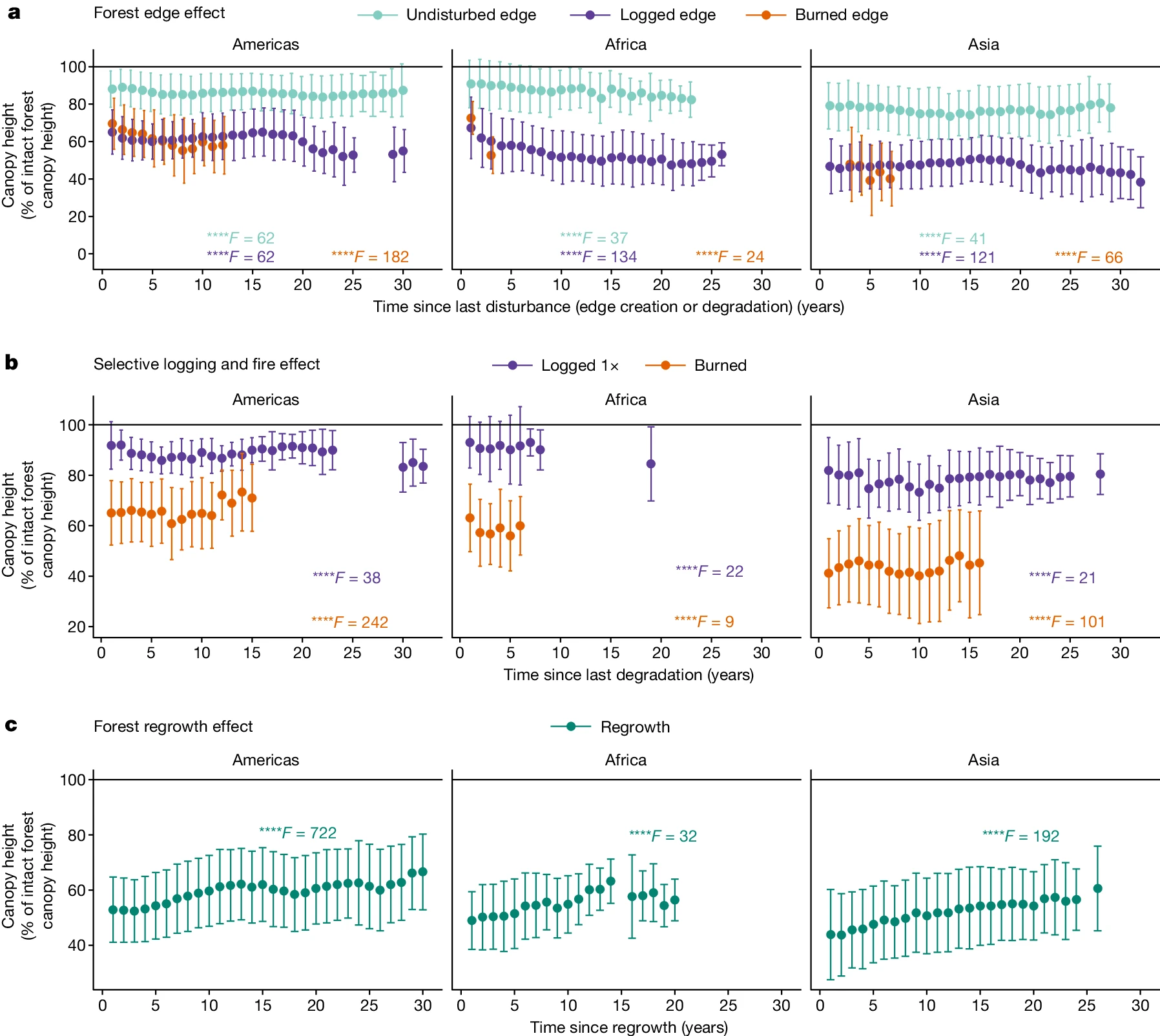
Long-term impacts of forest degradation from edge effects (panel a), selective logging and fire (panel b) on canopy heights expressed as a percentage relative to intact forest canopy height. Panel c shows the regeneration of forest regrowth on abandoned deforested land.
Sources
Details
- Publication date
- 10 July 2024
- Author
- Joint Research Centre
- JRC portfolios

